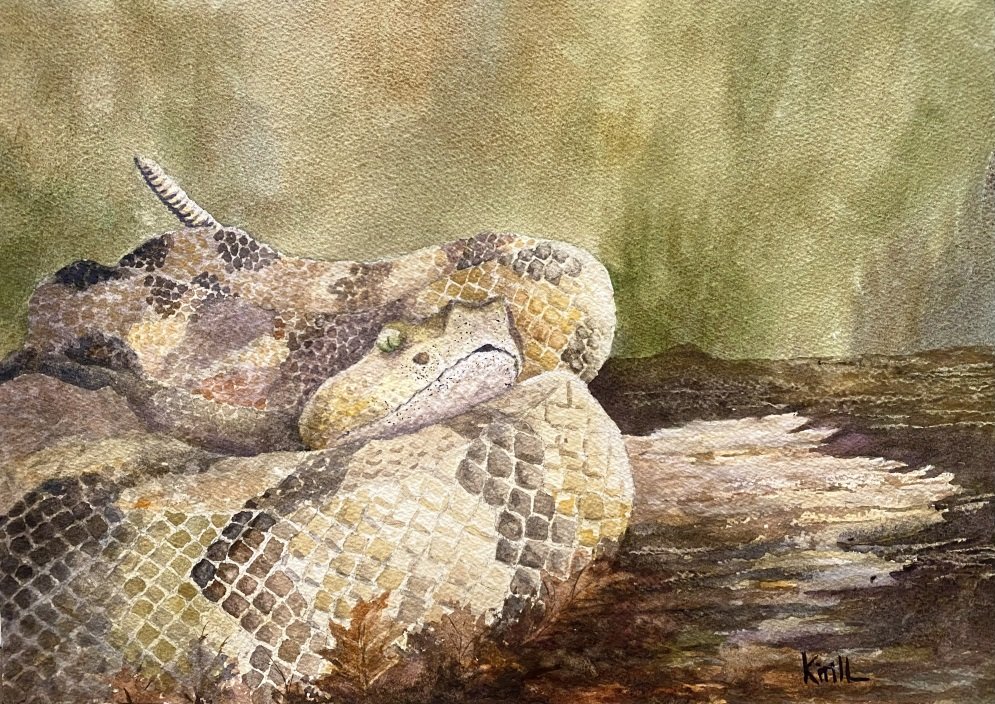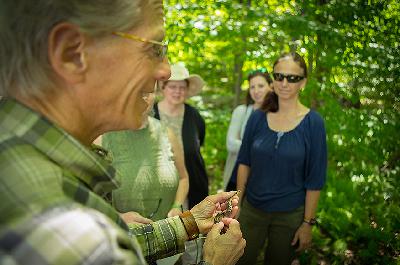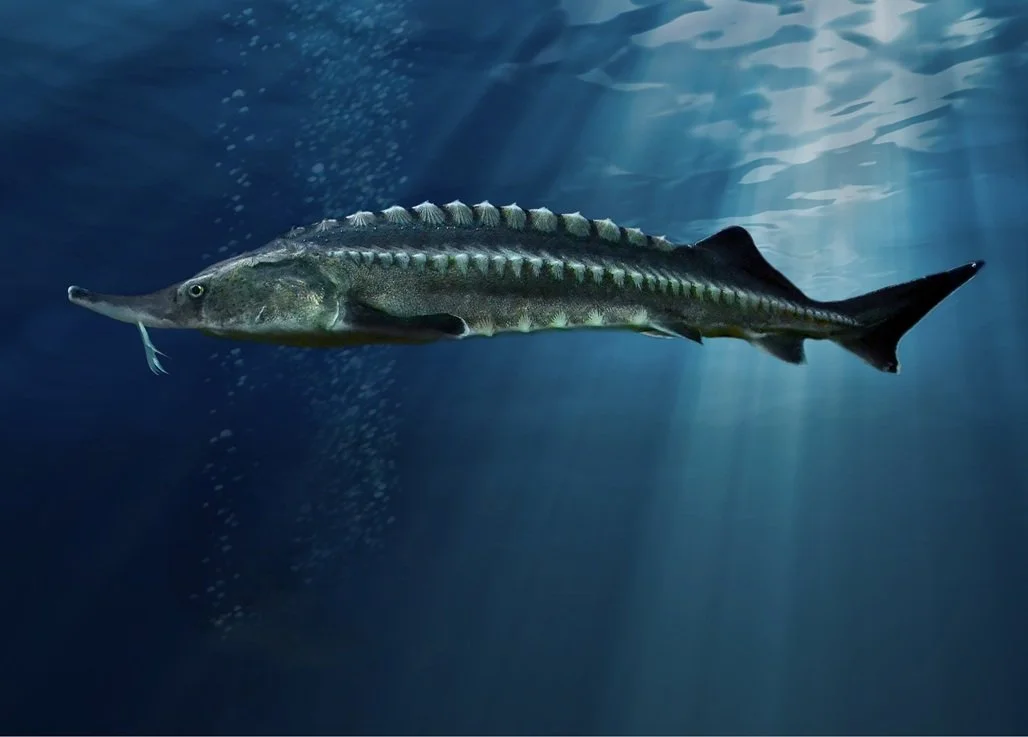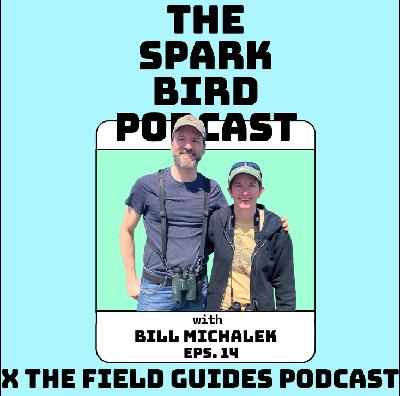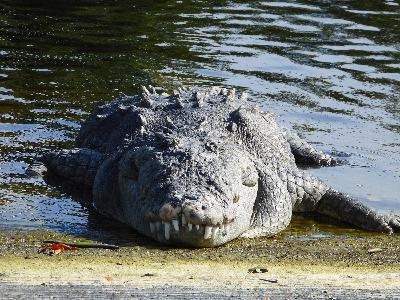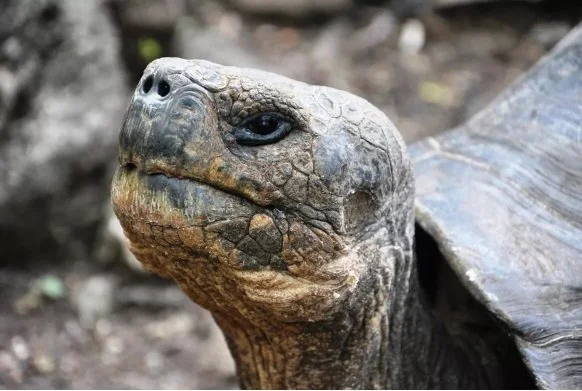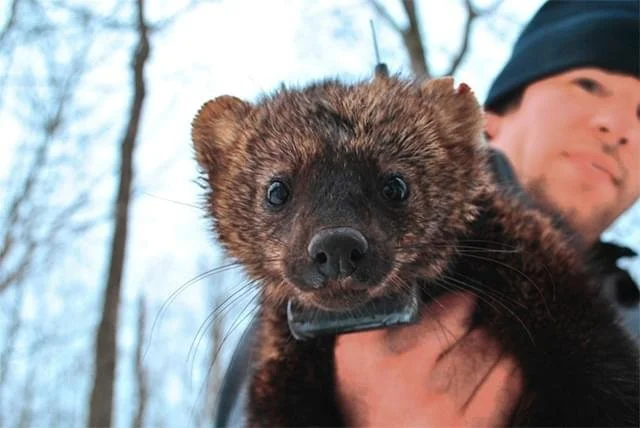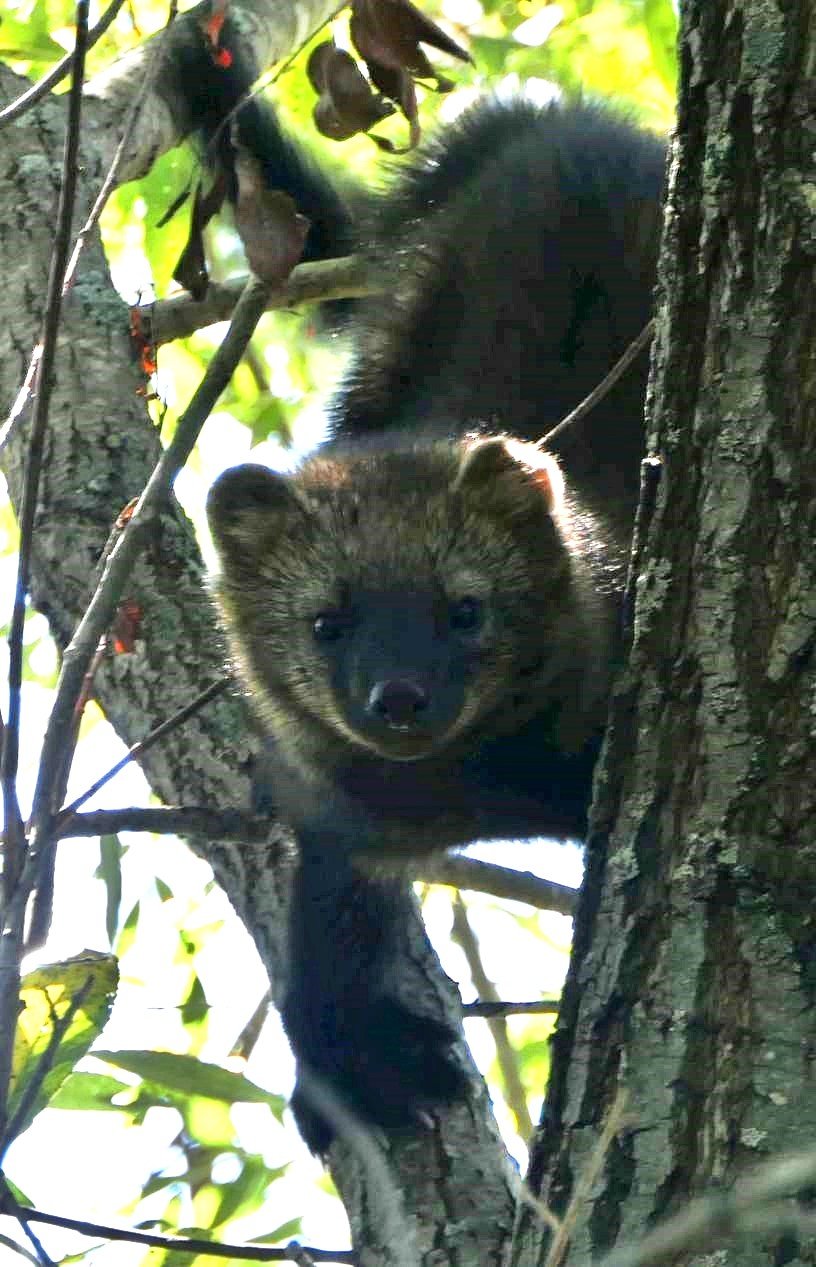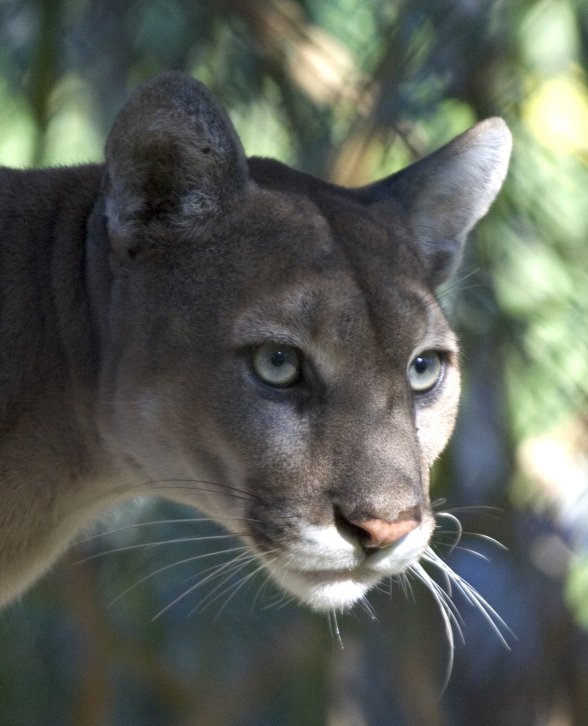Ep. 62 - Timber Rattlesnakes: Still Endangered, Still Danger Noodle-y (Part 2)
Description
Part 2 of our Timber Rattlesnake episode. If you haven’t listened to part 1, go and do that. We’ll wait right here for you.
The episode was recorded on December 7, 2023 at Hunters Creek County Park in East Aurora, NY.
Episode Notes
When the guys discussed the different types of snake teeth, Steve wondered if the word solenoglyphous, which refers to snakes with two large, hinged fangs (like the Timber Rattlesnake), has any relation to nightshades, which are plants in the genus Solanum. Bill could have cleared it up right away if he had been sharp enough to notice the difference in spelling. Upon getting home and doing some research, he found that the root soleno is Greek, and it means a tube or pipe. This makes sense given that solenoglyphous snakes have large, hollow fangs. The second part of the word - glyphos – means to cut or carve, so solenoglyphous could be taken to mean “hollow fangs that cut or carve”. Incidentally, Bill also tried to look up what Solanum means. He found many circular references – sites that said Solanum means nightshade, and that nightshade means Solanum. The most promising reference he found said that Solanum possibly stems from the Latin word sol, meaning "sun", referring to the nightshades love of sun, maybe?
Steve asked if proteroglyphous fangs (the smaller, unhinged fangs in species like the Coral Snake) are hollow. Bill thought they might be, and he was right. A little internet digging led to this blog post that had a handy-dandy cross-section of the different types of snake teeth.
Can owls identify venomous snakes? While we couldn’t find any studies, or even any general articles, that covered this specific question, we did find an interesting study that looked at venom resistance in a variety of animals. The research “analyzed the molecular resistance against cobra venom and found considerable differences in resistance between animas groups.” It showed that several mammal species, such as the Honey Badger and the Asian Mongoose, independently evolved resistance to cobra venom, but the snake-eating bird species looked at showed no resistance. The study’s authors hypothesized that "…the resistance is redundant: There is no selection pressure for it. Birds have feathers, scaly legs, excellent vision, are very intelligent, and are very agile. The snakes don't stand a chance against all these adaptations, so birds just don't need to be resistant." So, while we don’t know if owls can ID venomous snakes, at least one team of researchers feels that snake-eating birds are such bad-ass hunters, with so many tools in their evolutionary toolbox, that they wouldn’t even need to tell the difference between venomous and nonvenomous snakes.
And that answers another question the guys asked: Do Honey Badgers eat venomous critters? They do! And the story of how is shared in this great article from Slate. Our favorite quote: “Evolving to withstand snake venom [and so be able to eat a venomous snake] is like being the only person at a party who can eat the extra-hot salsa: You get it all to yourself. Plus…this means the honey badger gets to hunt fairly slow-moving prey with only one pointy end, rather than fast prey with one pointy end plus four sets of claws.”
Steve was correct in calling our Bill for referring to the England as United Kingdom during the USA’s colonial period. The UK did not form until 1801, when the Kingdom of Ireland joined with Scotland, England, and Wales.
Please comment below if you notice any mistakes or unanswered questions in the episode.
Episode Links
As the guys mentioned in the episode, you should check out Snoop Dogg’s delightful series of nature videos: Plizzanet Earth
Here’s more info on The Rattlesnake Roundup in Sweetwater, Texas.
Wild Snake Education and Discussion Group’s article about Timber Rattlesnakes. And here’s a link to their Facebook group, too.
Visit the North American Snakebite Registry
The paper describing the wiener dog bitten by a rattlesnake. If you can look without your heart breaking, you can scroll down to see the pictures and videos.
Check out the National Park Service’s handy-dandy breakdown of snake dentition. And this blog post, mentioned above, presents some of the same info and more.
Timber Rattlesnakes are intertwined with US history. Look into the Timber Rattlesnake and it’s connections to Ben Franklin and the American Revolution
Sponsors and Ways to Support Us
Thank you to Always Wandering Art (Website and Etsy Shop) for providing the artwork for this episode.
Gumleaf Boots, USA (free shipping for patrons)
Support us on Patreon!
Check out the Field Guides merch at our Teespring store. It’s really a great deal: you get to pay us to turn your body into a billboard for the podcast!
References / Works Cited
Adamski, Jonathan (2020) Viperid Spotlight: Timber Rattlesnake (Crotalus horridus). Available at: https://wsed.org/viperid-spotlight-timber-rattlesnake-crotalus-horridus/ (Accessed: 10-20-23).
Clark, R.W., 2002. Diet of the timber rattlesnake, Crotalus horridus. Journal of Herpetology, 36(3), pp.494-499.
Glenn, J.L., Straight, R.C. and Wolt, T.B., 1994. Regional variation in the presence of canebrake toxin in Crotalus horridus venom. Comparative Biochemistry and Physiology Part C: Pharmacology, Toxicology and Endocrinology, 107(3), pp.337-346.
New York State Department of Environmental Conservation (2013) Species Assessment for Timber rattlesnake. Available at: https://extapps.dec.ny.gov/docs/wildlife_pdf/sgcntimberrattlesnak.pdf. (Accessed 11-20-2023).
Rokyta, D.R., Wray, K.P. and Margres, M.J., 2013. The genesis of an exceptionally lethal venom in the timber rattlesnake (Crotalus horridus) revealed through comparative venom-gland transcriptomics. BMC Genomics, 14, pp.1-21.

